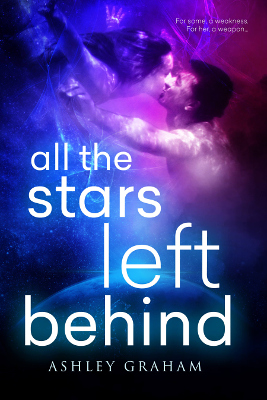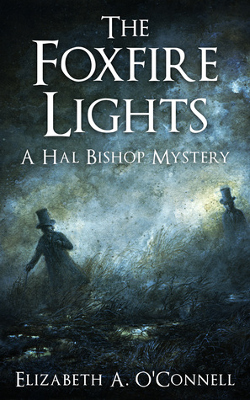 First Published: 6th June, 2017
First Published: 6th June, 2017
Genre: Young Adult Science Fiction / Novel
Available: Amazon.com | Amazon UK
Leda moves to Norway after her father’s death. Roar is an alien looking for a weapon to stop the destruction of his world.
Aliens in this setting are basically human. There’s a reference to humans being “almost another species” compared to Aurelites (Roar’s people). So there are differences, but they’re not that huge. The only oddity is blood colour changes depending on where someone is born. It’s probably best not to worry about the science of that too closely.
The early part of the novel had some odd jumps and inconsistencies. My guess would be there were some heavy cuts in the beginning during editing and the rest wasn’t changed to match up, but it means it’s a little confusing at times. Things settle out when the space elements gets going.
The book has instalove, which is not really my thing. I did like that Leda and Roar have to consider life beyond instalove. I wasn’t so fond of the idea that sex is mandatory for relationships (this comes mainly from Leda). I also don’t like over-protective and controlling behaviour from love interests. Roar does this less often than some, but he still ends up climbing into her bed and hugging her without asking, not letting goes when she struggles, and it’s fine because that’s what she wants after all. This is scary, not romantic.
There’s a fair bit of representation in this book, but some of it is rocky. Early on, there’s a microaggression about a woman having shoulders that are too broad for a woman, which sets the tone. There are a lot of little things and some big things. I’ll discuss a few of them, but it’s not a complete list.
Leda has spina bifida and uses crutches. The good sides are that she isn’t magically cured when the alien stuff gets going and she can’t suddenly run around without crutches when the plot demands it. There is also a mention of having limited energy, such as walking without crutches for a short distance making it hard to walk at all. However, I wasn’t fond of her constant self-hatred. She’s internalised a lot ableism, which may well be realistic, but it is somewhat constant during the story. She wants people to see past her disability, as though it’s a negative thing that overlays the real person inside.
Leda appears to be non-white. She’s described as having light brown skin and black hair. Roar considers that she looks “Spanish-meets-Arabic”. So she’s likely someone who has ancestry that is not clear. I didn’t like that Roar considers her “beautiful in an exotic kind of way”. This is not a compliment. Worded another way, this is saying she’s pretty for someone of her race, not properly pretty like all the pale blondes.
Roar’s friend Petrus is mute and uses sign language. Both norsk tegnspråk and Aurelis’s sign language. It’s unclear how he became mute, though it’s implied that he hasn’t always been.
One of the characters is a trans boy. The reveal was through misgendering and deadnaming the character, which is repeated several times. Also, it avoided any issues that would be specific to Aurelites. Namely that males have living tattoos that develop at birth. There is a brief mention of the trans boy having tattoos, but it’s something I’d have expected to be much more of a big deal in this context.
Some of the supporting characters are either gay or bi/pan. There’s not a lot to say on that, as not a lot happened, but they’re there.
The central issue is that this book copies some tropes that are popular in mainstream books, without critically looking at those tropes. It’s great to have a more diverse cast, but not so great to copy harmful tropes relating to that diverse cast. It’s painful because a lot of these things were on the surface. They could have been sorted without changing the main plot. It did feel like the author was trying, but wasn’t able to get there.
All this aside, I thought the book was reasonable. It passed the time and there were some bits I liked. The concept of aliens hiding out in a remote part of Norway was an interesting idea. The space conflicts make it clear that there’s more going on. There’s the potential for a series tackling some colonial political issues. Note that the book does have an ending, but it’s written as though it is the first in a series rather than a true standalone.
 Series:
Series:  First Published: 1st June, 2017
First Published: 1st June, 2017 Series: Chameleon Moon, #1
Series: Chameleon Moon, #1